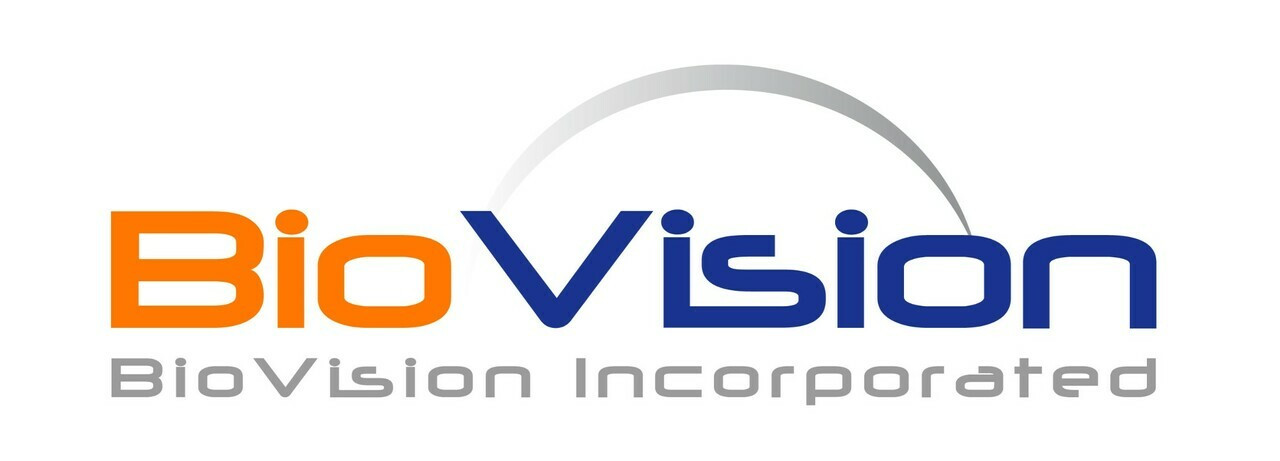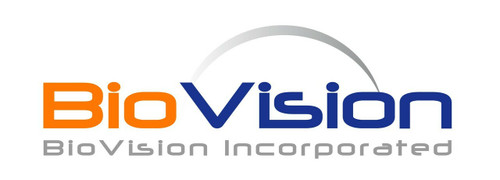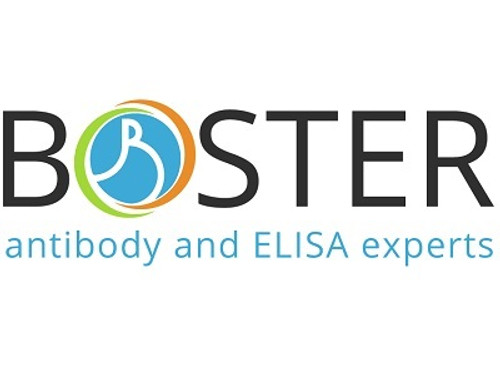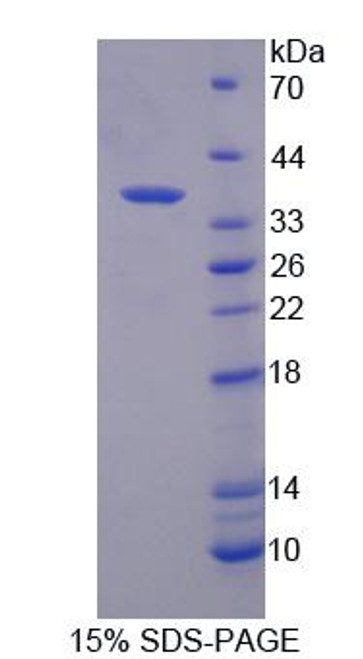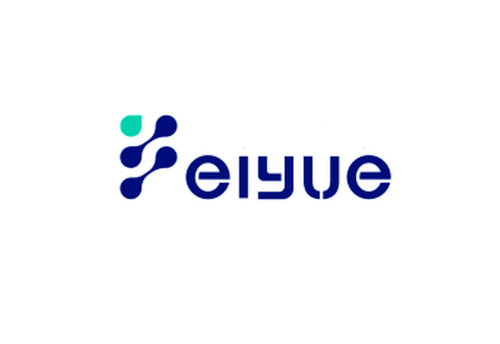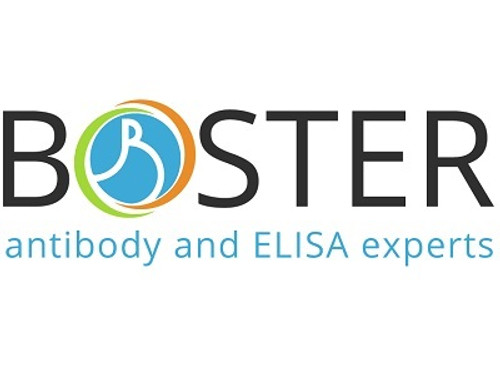Product Description
CTSZ, also known as cathepsin Z/X, is a relatively new cysteine protease of the papain family. Compared to other members of the papain family, CTSZ has a short proregion and unique insertions. Acting as a carboxypeptidase, CTSZ displays a unique specificity. Recombinant mouse CTSZ, fused to His-tag at C-terminus, was expressed in insect cell and purified by using conventional chromatography techniques.
Biovision | 9233 | Cathepsin Z mouse recombinant DataSheet
Biomolecule/Target: CTSZ
Synonyms: CTSZ, AI787083, AU019819, CTSX, D2Wsu143e
Alternates names: MIC-1, Placental TGF, Prostate differentiation factor
Taglines: A cysteine proteinases that represent a major component of the lysosomal proteolytic system
NCBI Gene ID #: 9518
NCBI Gene Symbol: GDF-15
Gene Source: Mouse
Accession #: Q99988
Recombinant: Yes
Source: Baculovirus, Insect cell
Purity by SDS-PAGEs: 95%
Assay: SDS-PAGE
Purity: 90%
Assay #2: N/A
Endotoxin Level: N/A
Activity (Specifications/test method): N/A
Biological activity: The activity is determined by the inhibition of DU-145 cells and is typically 1-2 µg/ml.
Results: N/A
Binding Capacity: N/A
Unit Definition: N/A
Molecular Weight: 26.8 kDa
Concentration: 0.5 mg/ml
Appearance: Liquid
Physical form description: Liquid
Reconstitution Instructions: Centrifuge vial before opening. When reconstituting the product, gently pipet and wash down the sides of the vial to ensure full recovery of the protein into solution. It is recommended to reconstitute the lyophilized product with sterile 5 mM acetic acid at a concentration of 0.1 mg/ml, which can be further diluted into other aqueous solutions.
Amino acid sequence: MARNGDDCPL GPGRCCRLHT VRASLEDLGW ADWVLSPREV QVTMCIGACP SQFRAANMHA QIKTSLHRLK PDTVPAPCCV PASYNPMVLI QKTDTGVSLQ TYDDLLAKDC HCI
 Euro
Euro
 USD
USD
 British Pound
British Pound
 NULL
NULL

